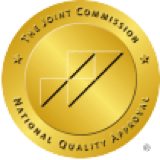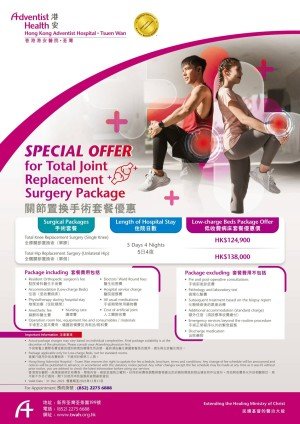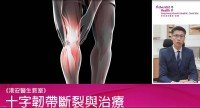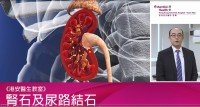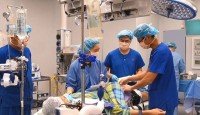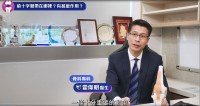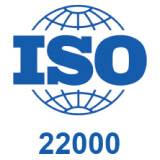Orthopedic Services
Orthopedic Services
|
Hong Kong Adventist Hospital - Tsuen Wan offers comprehensive orthopedic specialist services that include examinations, treatments, surgery, and rehabilitation, covering the areas of general orthopedics, joint surgery, sports medicine, and post-surgery rehabilitation. All services are managed by our highly experienced orthopedic surgeons with the support of our friendly and attentive staff, and state-of-the-art facilities and equipment, ensuring that our patients receive the best possible care.
|
Overview of Services
|
|
Common Orthopedic Surgeries
The hospital offers a variety of minimally invasive arthroscopic surgeries, minimally invasive orthopedic surgeries, and endoscopic surgeries, including:
|
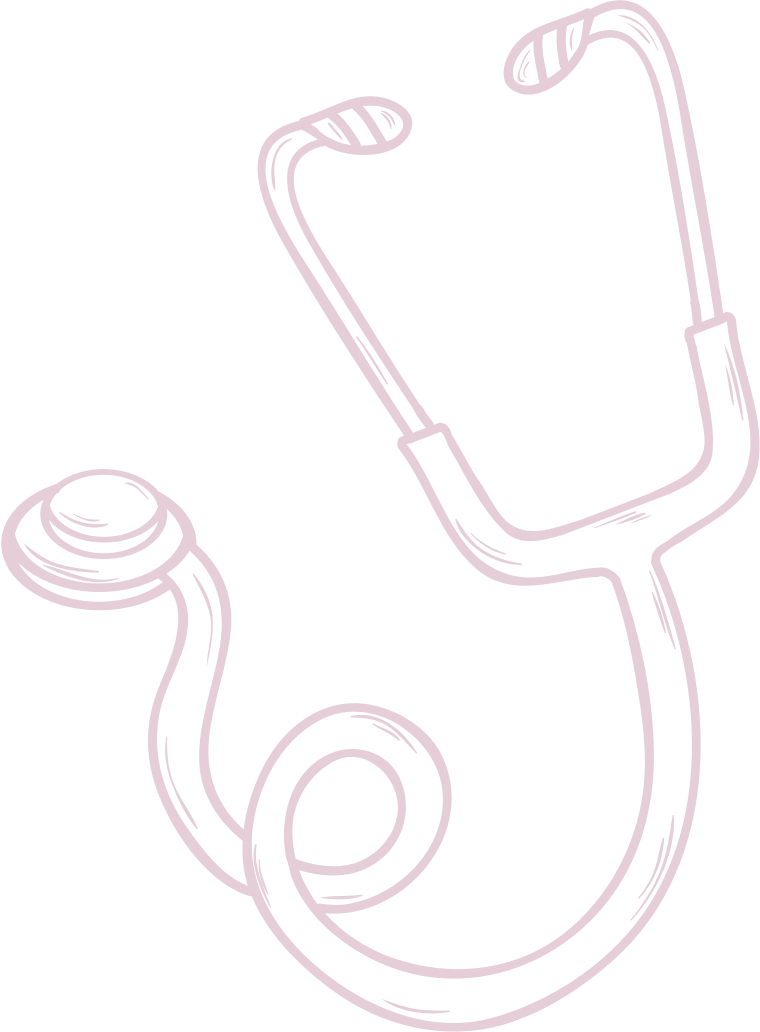
Orthopaedics & Traumatology
Dr. CHAN Chi Chiu Dennis
Adventist Health Physician
Consultant In Orthopaedics & Traumatology
Consultant In Orthopaedics & Traumatology

MBChB (CUHK)
FHKCOS
FHKAM (Orthopaedic Surgery)
FRCSEd (Orth)
MRCSEd
FHKCOS
FHKAM (Orthopaedic Surgery)
FRCSEd (Orth)
MRCSEd
Orthopaedics & Traumatology
Dr. Fok Wai Ming
Adventist Health Physician
Consultant In Orthopaedics & Traumatology
Consultant In Orthopaedics & Traumatology

MBChB (CUHK)
DFM (HKCFP)
DCH (Irel)
MRCSEd
FRCSEd(Orth)
FHKAM (Orthopaedic Surgery)
FHKCOS
DFM (HKCFP)
DCH (Irel)
MRCSEd
FRCSEd(Orth)
FHKAM (Orthopaedic Surgery)
FHKCOS
Orthopaedics & Traumatology
Dr. Lam Man Yan Marianne
Consultant in Orthopaedics & Traumatology

MBBS (HK)
MRCSEd
FRCSEd (Orth)
FHKCOS
FHKAM (Orthopaedic Surgery)
MRCSEd
FRCSEd (Orth)
FHKCOS
FHKAM (Orthopaedic Surgery)
Orthopaedics & Traumatology
Dr. Poon Kai Ming
Consultant In Orthopaedics & Traumatology
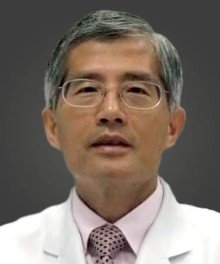
MBBS (HK)
FRCSEd
FCSHK
FHKCOS
FHKAM (Orthopaedic Surgery)
FRACS
FRCSEd
FCSHK
FHKCOS
FHKAM (Orthopaedic Surgery)
FRACS
Orthopaedics & Traumatology
Dr. Sha Wai Leung
Adventist Health Physician
Consultant In Orthopaedics & Traumatology
Consultant In Orthopaedics & Traumatology

MBChB (CUHK)
FRCSEd (Orth)
FHKCOS
FHKAM (Orthopaedic Surgery)
FRCSEd (Orth)
FHKCOS
FHKAM (Orthopaedic Surgery)
Charges for Out-patient Services
Services Fees & Packages
Facilities and Services
Promotions
Location
199 Tsuen King Circuit, Tsuen Wan, N.T., Hong Kong.
Telephone
WhatsApp

